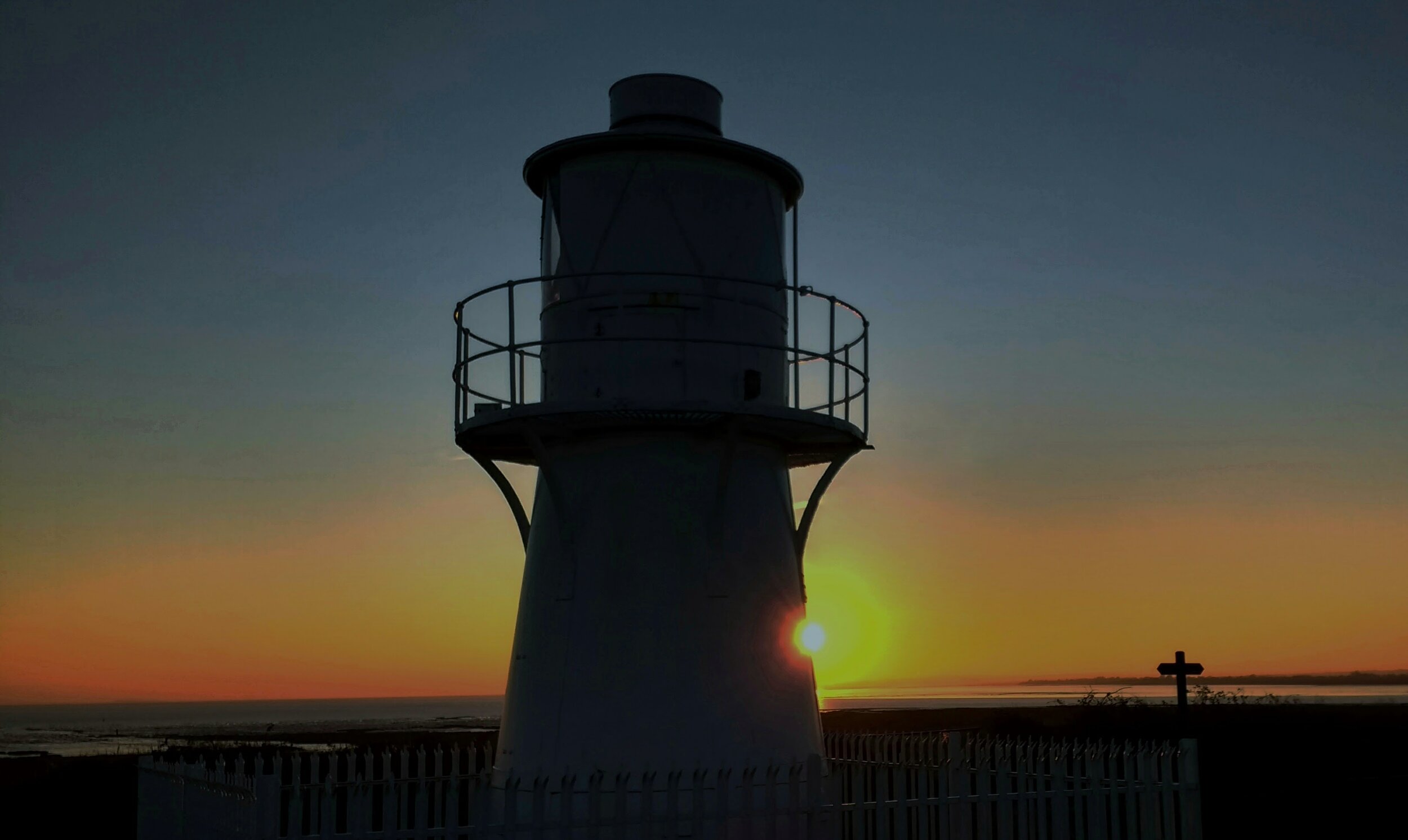The year 2021 marks the one hundred and twenty-fifth anniversary of the tragic death of fourteen-year-old Louisa Maud Evans, who died as a result of a circus stunt that went disastrously wrong. History RAT Marion Sweeney, recounts the story.
The story began at the Cardiff Industrial & Maritime Exhibition of 1896. This huge event was held where the Civic Centre stands today. During the six months it was open, it was attended by the Prince and Princess of Wales and attracted over a million visitors. In addition to the industrial and maritime exhibits, a great variety of entertainment was laid on including performances of live jungle animals and daring circus feats.
One artiste, ‘Mademoiselle Albertina’, was to ascend from the exhibition site in a balloon, and perform a parachute jump over the Cardiff Royal Infirmary when sufficient height had been attained, with the landing site to be the East Moors. On the day of the performance, however, there was a stiff offshore breeze, and the balloon was rapidly swept out over the Bristol Channel. As the horrified audience watched on, a parachutist was seen descending from the balloon, disappearing out of sight into the treacherous waters.
Three days later, fifteen-year-old Mary Waggett set out from her home, Windbound Cottage, Nash, for an evening walk on the banks of the Usk. ‘Wandering in and out with the twists and turns of the sea-robed embankment’, she looked for timber that had been bought in by the tide. On reaching the East Usk lighthouse, she was shocked to see a body in the water close to land, dressed in nautical attire. She immediately ran home for help, travelling ‘straight across the sedgy moor, jumping waterless rillets and startling thirsty cattle.’ She explained to her mother that she had found the body of a sailor in the water. Farmworkers cutting hay nearby were quickly informed of the discovery. Having inspected the scene, they set off to find the constable at Nash. This took some time due to the rough terrain, so it was not until midnight that the body was finally recovered, whereupon it was soon established that the victim was, in fact, a young woman or girl.
The body was carried to Nash church, which acted as an improvised mortuary. The cork life-ring around the body was taken to the nearby Waterloo Inn, where the daughter of the house, Miss Jones, realised that it matched the description of the one reportedly worn by the missing balloonist. The identity of the body having formally been established, an inquest was held on the following Monday at the Waterloo Inn, presided over by Mr M. Roberts-Jones, barrister-at-law for the Southern Division Monmouthshire.
Here the victim's real name was revealed: Louisa Maud Evans, a girl of fourteen. She had recently been employed by Mr Auguste Gaudron of London, who had met her whilst she was a servant of Mr Hancock of Hancock’s Circus. Gaudron had offered her the opportunity to work for him as an apprentice parachutist for £5 per descent. He had not taken the trouble to ascertain her age, or whether she had prior experience, saying ‘there is no experience necessary, anyone can do it.’
Gaudron apparently believed Louisa to be about twenty years old and denied that he was aware that she was only fourteen. When he was cross-examined on the safety precautions that he took on the day of Louisa’s first (and last) ascent at Cardiff, the foreman commented ‘you have no right to risk the life of a young girl like this.’ Having provided her with a life-ring, it was clear that Gaudron had been aware of the possibility of her landing in the water. However, he was criticised by the coroner for not hiring a stand-by boat in case of such an occurrence.
The coroner’s verdict was that the deceased accidentally drowned in the Bristol Channel whilst descending from a balloon. Gaudron was directly censured by the coroner for ‘allowing such a young and inexperienced a person to make such a perilous descent and in such weather’ and cautioned him against allowing such a thing to happen again.
Louisa’s funeral was held two days later. Her body was conveyed to Cathays Cemetery, Cardiff, by Victoria car, and many residents came out to pay their respects. The Victoria car itself would have been quite a sight, manufactured by Mercedes-Benz during 1885-1886, it is widely regarded as the first automobile, running on a stationary gasoline engine. Once all mourners had left the cemetery and the sun had gone down, ‘the rain…began to patter down again, while the night wind howled its sad requiem in the pine tree tops.’
A memorial stone to Louisa, erected by public subscription, still stands in Cathays Cemetery today.
By Marion Sweeney
References:
https://www.walesonline.co.uk/lifestyle/nostalgia/cardiff-remembered-tigers-lions-crocodiles-8540588
Welsh newspapers online:
Cardiff Times and South Wales Weekly News, 1 August 1896, p.6
Cardiff Times, 25 July 1896, p.4
Memorial in Cathays cemetery (M Sweeney)
The inscription on Louisa’s tombstone reads:
‘In memory of Louisa Maud Evans, aged 14½ years.
Who met with her death on July 21st 1896.
On that day she ascended in a balloon from Cardiff and descended by a parachute into the Bristol Channel. Her body was found washed ashore near Nash (Mon) on the 24th July and was buried here on the 29th.
To commemorate the sad ending of a brave young life.
This memorial is erected by public subscription.
Reguiescat in Pace [Rest in Peace]’








![Wesleyan Methodist chapel Castleton (Penny Gregson)[2].jpg](https://images.squarespace-cdn.com/content/v1/5a1d5fb38a02c70db7c34f81/fe4960cd-db68-469d-8411-f5e21327e383/Wesleyan+Methodist+chapel+Castleton+%28Penny+Gregson%29%5B2%5D.jpg)

